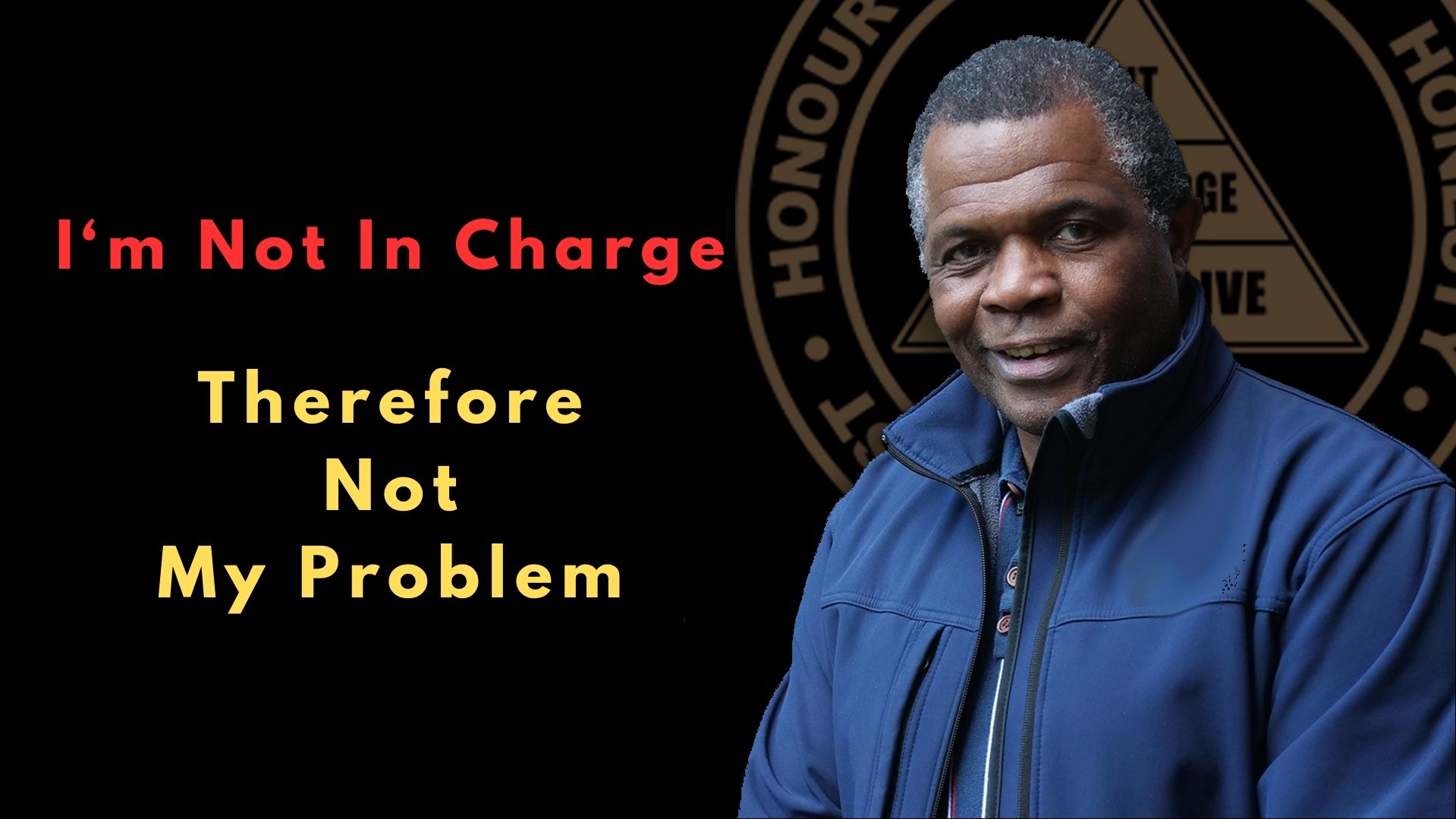I was reading several news articles related to inquests, where several things stood out. In one case, a point that particularly caught my attention was that when asked about the ‘assumption the two-security staff working on the night of incident had been trained in physical intervention’, the person replied “yes”.
Assume…you know what you get when you break down the word assume?
In today’s competitive business, organisations face continuous challenges in evolving industry standards, and changing job roles.
To thrive it is crucial, and the right thing to do, for businesses to invest in the training and development of their workforce.
However, the success of training initiatives relies heavily on understanding and addressing the specific needs of the organisation and its employees.
This is where a comprehensive Training Needs Analysis (TNA) and competency gap assessment become indispensable tools.
A TNA is a systematic process that evaluates an organisation’s current workforce skills, knowledge and abilities against the desired competencies required to achieve organisational goals.
It involves identifying gaps between the current and desired performance levels, enabling organisations to tailor their training programmes effectively.
By conducting a TNA, organisations can ensure that their training programmes are targeted and aligned with strategic objectives.
A crucial component of the TNA is the competency gap analysis.
This involves evaluating the difference between an individual’s existing skills and the skills required to perform their job effectively.
This not only enhances individual performance but also contributes to overall organisational effectiveness.
In certain industries, the consequences of inadequate training can be severe, particularly in areas associated with risk, safety, and security.
Whether it’s a healthcare setting, transportation facility, or any environment where challenging or aggressive behaviours may occur, it is essential to have a designated individual or team responsible for ensuring that appropriately trained people are deployed to these high-risk areas.
To determine the areas of highest risk and prioritise training needs, organisations should rely on incident reports, data analysis, and the identification of trends or patterns of hazardous behaviours.
Incident reports provide valuable insights into past occurrences, allowing organisations to learn from past mistakes and proactively address potential issues.
Data analysis helps identify areas with the highest incidence of incidents, while recognising trends or patterns aids in predicting future challenges.
Instead of reacting to incidents, organisations should adopt a proactive approach by identifying potential risks through thorough analysis.
This allows them to implement training programs that equip employees with the necessary skills to handle challenging situations before they escalate.
Proactive training not only minimises the occurrence of incidents but also enhances employee confidence and morale.
Conducting a Training Needs Analysis and competency gap assessment is a fundamental step in ensuring that employees receive appropriate and accurate training.
By investing in comprehensive training initiatives and taking a proactive approach, organisations can create a safer, more efficient, and highly skilled workforce, ultimately contributing to their long-term success.
In 2024 assuming someone is trained and therefore competent is inexcusable!
Would you like help to review your TNA, then contact me at – https://nfps.info/physical-intervention-trainer-course/

